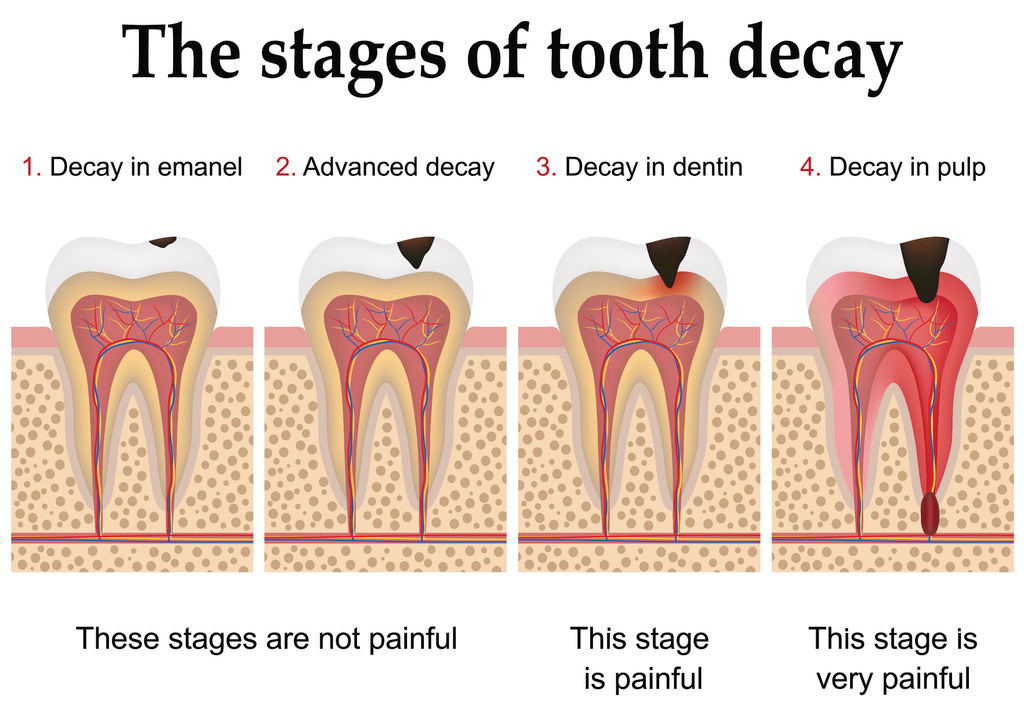What Patients Should Know About Tooth Decay – From Dr. Talaie
Before you postpone your next visit to Century Smile, consider what you might be doing to your mouth. We present the facts that all patients need to know about tooth decay. It is one of the oldest preventable diseases in human history. In the most extreme cases, tooth decay can even result in death.
The Background on Tooth Decay
Poor children ages 2 to 5 are at high risk for tooth decay. It is a severe problem in the U.S. If tooth decay begins, it can cause cavities. When cavities aren’t treated by a dentist, children might experience decreased school attendance and social interactions, problems with their body image and self-esteem, and low weight. All these factors make it hard for poor kids to succeed in adulthood. As we age, we have a responsibility to meet our health and welfare needs. It is important to visit the dentist twice per year for cleanings. It’s also crucial to brush and floss your teeth twice per day. Without proper oral hygiene, we’re all at risk for the effects of tooth decay.
The Chemistry of the Mouth
Your mouth contains a complex ecosystem of teeth, bone, and gum tissues. A non-living material called enamel covers the exterior of all teeth. Inside the enamel layer is a living material called dentin. Keeping enamel and dentin intact is necessary for oral health. Your saliva is a big agent in your mouth chemistry. Saliva keeps living organisms from disrupting your oral health. If bacteria levels in your mouth become too great, you can get infections that lead to tooth decay. Other oral health conditions are more severe, including cancers of the mouth.
Levels of Tooth Decay
Bacteria reside in the plaque that builds up around your teeth. Furthermore, bacteria may change the sugars contained in food into acids, which will damage enamel. With the penetration of enamel, five stages of decay can affect your teeth:
● Initial demineralization – Tooth enamel loses its minerals.
● Enamel decay – The hardest material in the human body will deteriorate. Cavities, or holes, begin to appear. You begin to notice spots turning brown when cavities develop.
● Dentin decay – The dentin layer of your teeth is more vulnerable to acid. When this living tissue breaks down, you begin to feel it in the nerves of your teeth.
● Pulp damage – The deepest layer of the tooth containing blood vessels and nerves can become swollen, which produces more noticeable pain.
● Abscess – One or more areas of an infected tooth develop a pus pocket. The pain is more intense. Some patients feel this pain in the neck or ear.
Tooth decay is one of many problems that might occur in the mouth. Other problems can involve inflammation or disease of the gums or bones in the mouth. It is important to see Dr. Talaie when you feel pain or sensitivity in your mouth. With over 20 years of experience in family dentistry, she can pinpoint the cause.




0 comments on “What Patients Should Know About Tooth Decay – From Dr. Talaie”